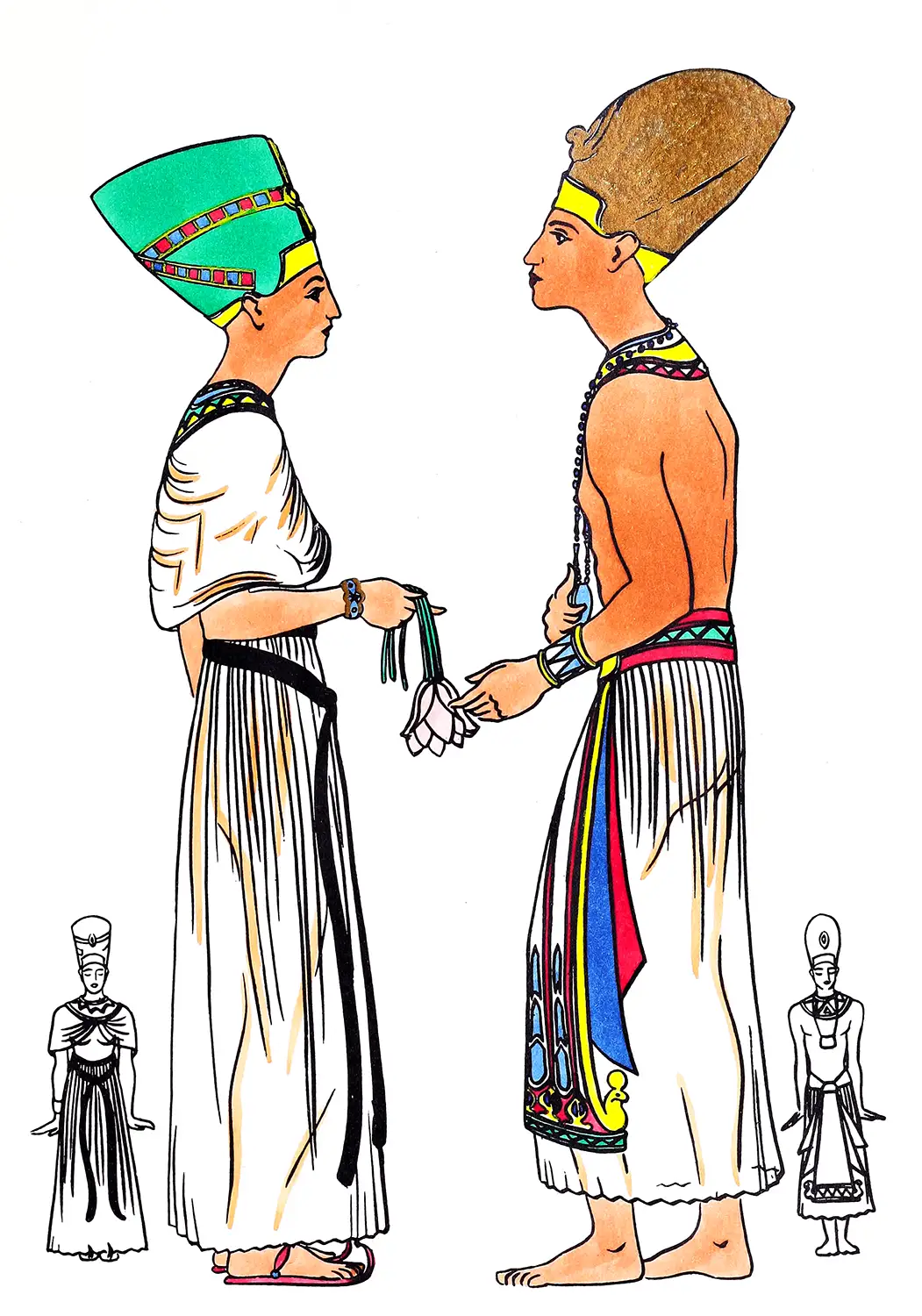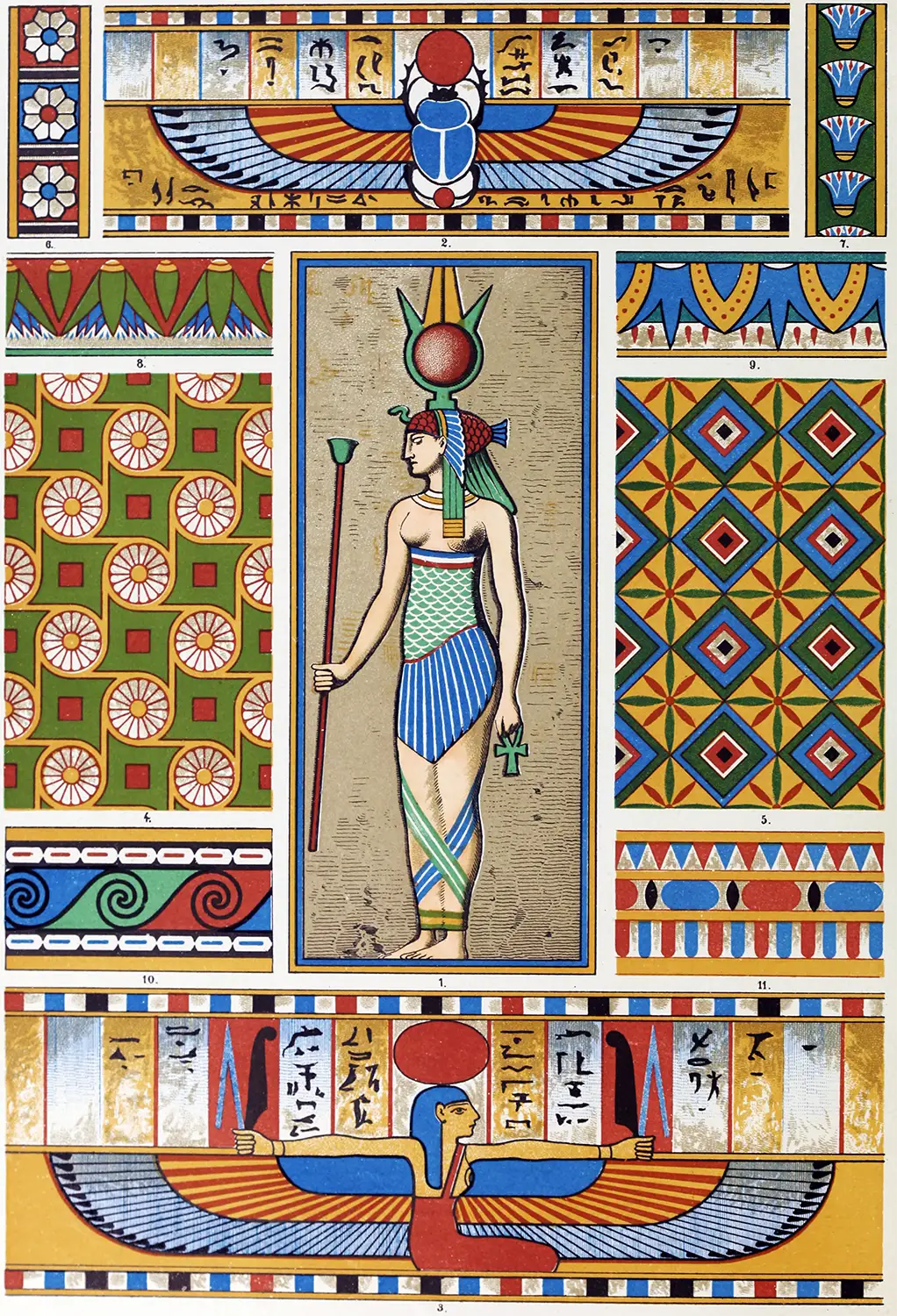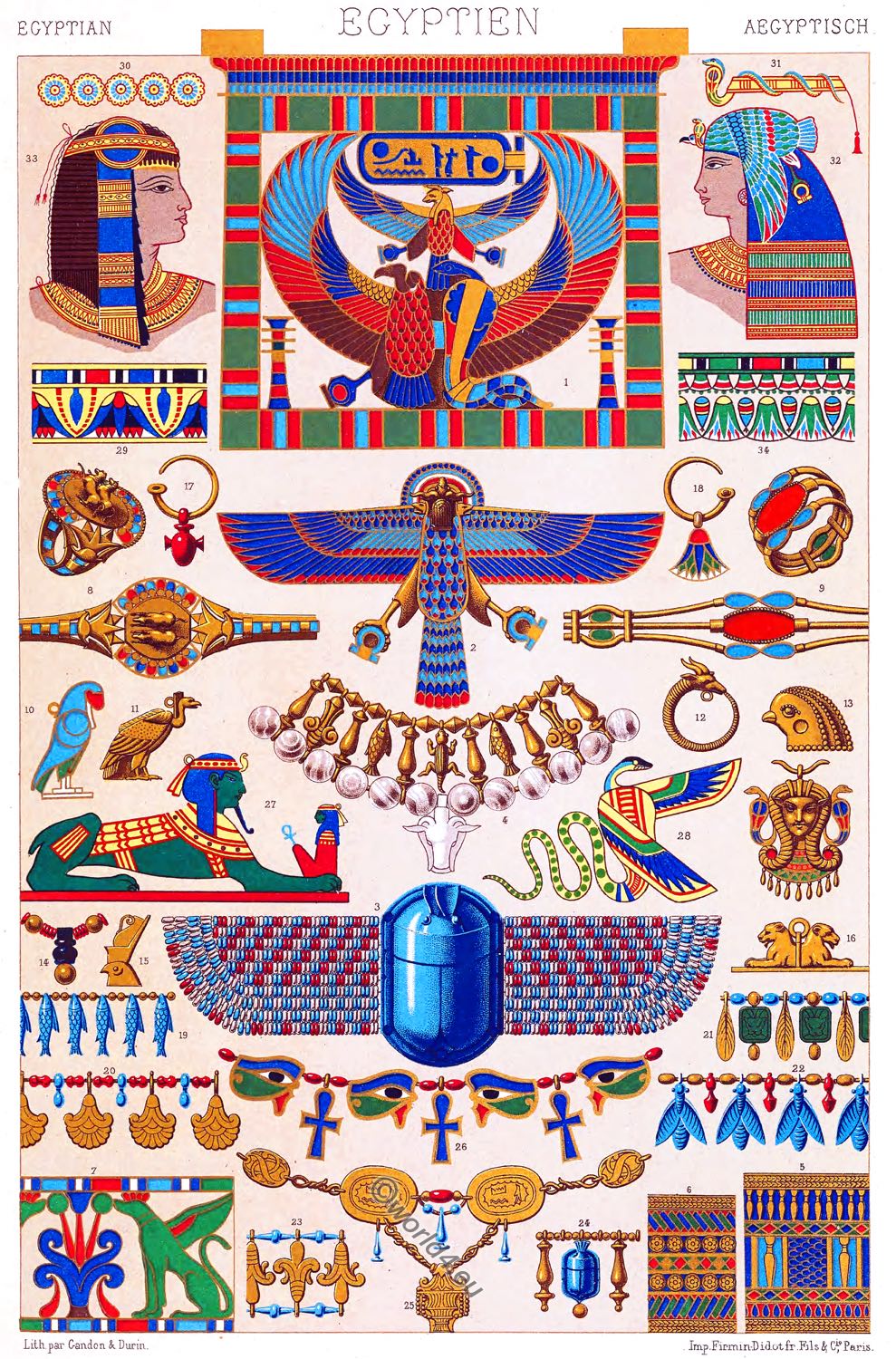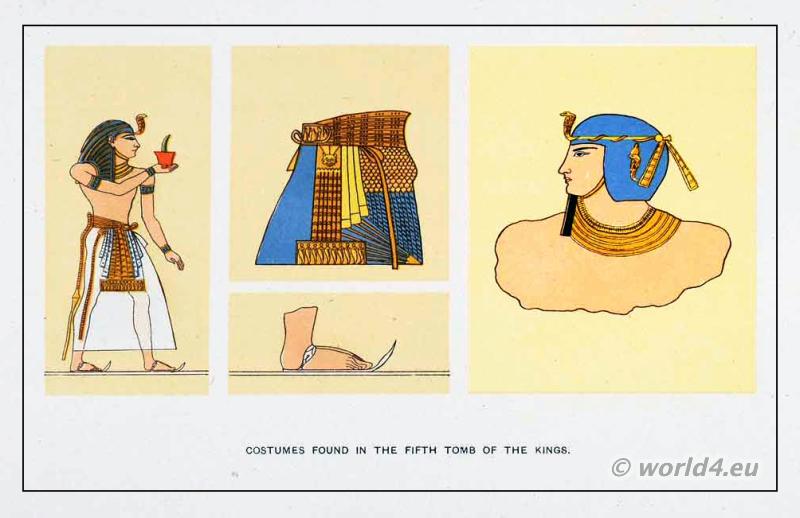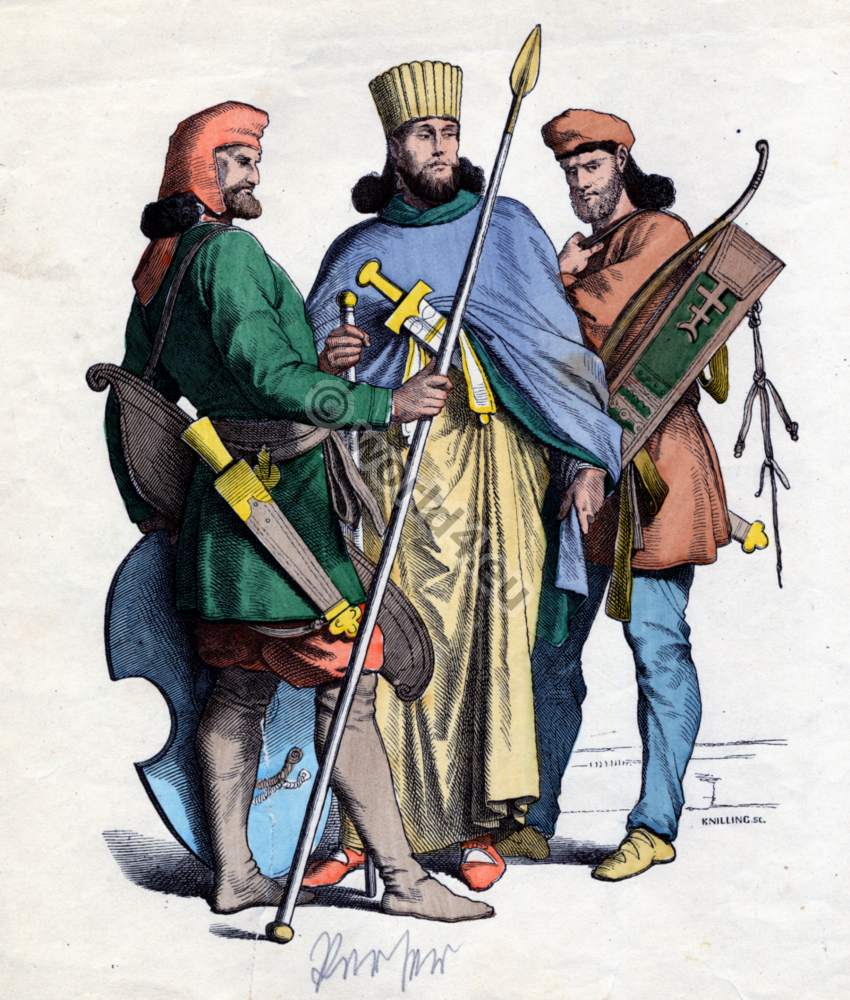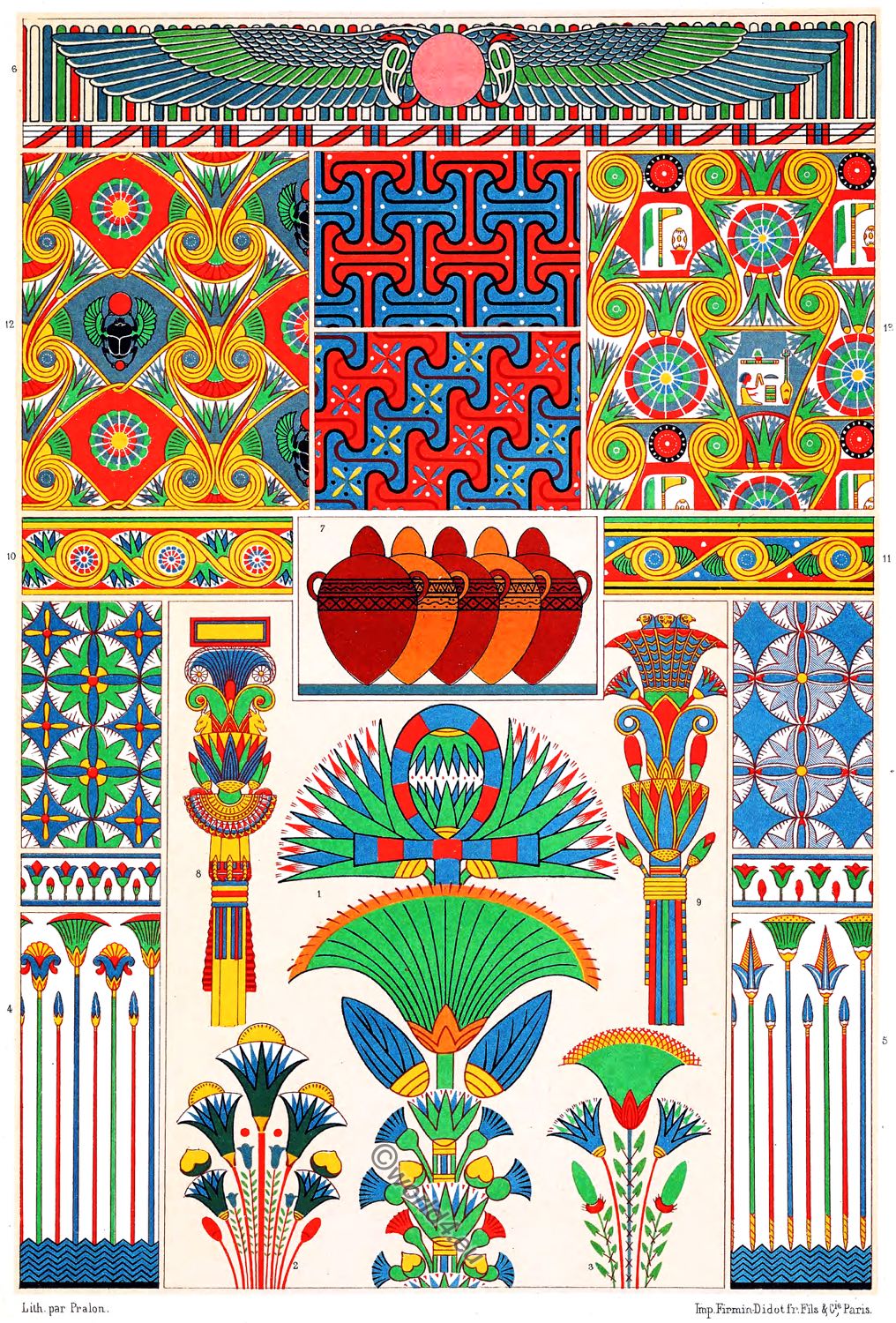Egyptian New Kingdom from approximately 1550 to 1070 BC
In Ancient Egypt, the New Kingdom covers the period from 1550 to 1070 BC (18th to 20th dynasties) and, along with the Old Kingdom, is probably the best-known era of the Pharaonic period. The New Kingdom is the time of maximum expansion of Egyptian influence, to the point that we sometimes tend to speak of an empire.
While in the case of Nubia the term is correct in that Egypt extended its direct control by encompassing all the lands up to the fourth cataract and placing them under the control of a son of the king of Kush, a position often held by a royal prince, in the case of the Middle East control was political, through vassalage treaties with the major dynasties of the region and by placing garrisons in certain forts at transit points. It was precisely the attempt to control the Syro-Palestinian area in order to prevent new infiltrations of Semitic peoples, as had happened during the Second Intermediate Period, that led Egypt to clash first with the Mitanni kingdom and then with the Hittite empire.
A point of weakness for Egypt was the contrast between the power of the sovereign, who went from being the god-king (typical of the Old Kingdom) to being the king-general, and the power of the clergy of Thebes, whose leader, the First Prophet of Amun, often tended to assume de facto control of the state.
After the failed attempt at religious reform imposed by Amenhotep IV / Akhenaten, Egypt managed to maintain its unity thanks to rulers such as Seti I, Rameses II and Rameses III, who resumed their interventions in Asia and resisted the repeated invasions of the Sea Peoples. During the next dynasty, figures of this importance were absent and the state broke up again when, towards the end of the 2nd millennium BC, the clergy of Thebes openly seized power in Upper Egypt, causing a new split (Third Intermediate Period) of the Delta regions, a split that would last more than four centuries.
PLATE NO. 4
EGYPTIAN NEW KINGDOM
1550 to 1070 BC
It should be born in mind that when we speak of the “New Kingdom” of ancient Egypt we do not mean the age in which Queen Cleopatra lived. Her reign was almost 500 years later wen Rome was marching its armies across the known world. Cleopatra might have worn the garments shown on the plate with the
possible exception of the headdress.
Together with the robe shown on Plate 3, the skirt, as worn by those two figures, was the most popular garment of the Egyptians. The men were just as apt to wear it as the women. Like the robe it, too, was chiefly of linen and held up by a girdle. Sometimes shoulder straps, not unlike our suspenders, were used. These can be seen on Plate 2.
The long thin sash or girdle with the loose ends hanging down was not unusual and lent a decorative effect to the skirt. The man’s girdle was much more interesting and typical of the Egyptians. In the front, instead of the usual buckle that we wear on our belts, the Egyptian had a very large and long flap that hung below the knees. These flaps were often decorative and highly coloured. They were of leather and painted like the collar. The little figure at the right shows the belt, front view, with its long flap extending below the knees.
The large headdresses mark both those individuals as being of the nobility. The man is wearing a golden crown which is a formalised version of the one to be seen on the man on Plate 2 and which symbolises the uniting of Upper and Lower Egypt under one ruler.
The popular collars so plainly shown on Plate 3 are also on these figures but can better be seen on the little inset images on either side. The man in the picture has merely placed the collar on his bare shoulders, but the woman has it ever a linen cape so thin you could almost see through it.
Sandals are to be seen on the woman’s feet. As mentioned before, shoes wore not always worn, but were likely to appear on the feet of the rich and the noble.
Source: History of Costume. Description of western costume plates: ancient & classical, 35,000 BC-400 AD. Museum Extension Project.
Continuing
Discover more from World4 Costume Culture History
Subscribe to get the latest posts sent to your email.

